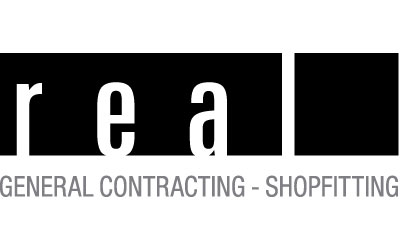The perfect light for the living room should create a comfortable ambience and at the same time disappear almost invisibly into the room. The same requirements also apply to the workplace, because for effective work, the perfect brightness must be found, no matter what time of day or weather conditions.
It still sounds almost like a dream, but the developers of residential lighting are close to developing the perfect skylight. It looks like a window, but it conceals special luminaires that can simulate daylight almost perfectly. An illusion and thus as made for dark workplaces and open-plan offices, where large window fronts are scarce. Where real light can’t make it, artificial lights simply have to do so. What sounds simple is very complicated, because one bulb alone is not enough for the effect. Instead, it needs a mixture of different light tubes and LEDs. These should flicker slightly, because then they imitate sunlight better. Adjustment is either automatic, depending on the sensor message about the availability of real daylight, or by pressing a button. In a few years, the first models of natural daylight windows should be ready for the market.
Room concept decides on lighting solution
Until then, after all, there is a wide range of adapted solutions for almost any room problem. Manufacturers know that not all light is created equal. It must not be too bright, not too cold, but also not too warm. It is always optimal if the luminaire is actually oriented to daylight. This then naturally signals to the brain that it is awake and thus able to start work productively. Skylights or built-in ceiling spotlights are perfect. These can be individually aligned and dimmed. It should not be too dark, because a workplace needs to be optimally illuminated so that the eyes stay fit. Warm light is more suitable for cozy hours within one’s own four walls. Cold light, on the other hand, promotes alertness and is easy on the eyes, which often fluctuate back and forth between paper and monitor in the office and are thus exposed to great strain.
Let there be light!
Ultimately, the perfect lighting feeling is always dependent on personal preferences. This is no problem in private offices, but not in open-plan offices. In such cases, managers can call in a lighting designer to plan the optimum distribution and setting of the lighting systems. This involves a certain amount of money, but it can pay off. That is, when all employees are attentive at their workstations, perform their work with alertness, and do not suffer headaches or the like due to poor lighting.
OLED lighting technology already comes close to perfection
OLED technology is currently the talk of the town for this purpose. This is the most convincing daylight simulation to date. It works by means of panels that are transmissive, transparent and translucent. The bright and flexible light sources are real all-rounders, as they can be installed anywhere, even on partition walls and columns in the room. There they produce different color temperatures and can of course also be dimmed. More creative power is virtually impossible with a light surface. Of course, this also has its price. The question of what kind of luminaires to use is a difficult one anyway. Really stickable luminous surfaces, luminous windows, tubes or better swiveling spotlights? Dimmable or not? Questions about questions…
Indirect or direct light?
A universal answer to this will not be found. Instead, it depends on the creation of a perfect atmosphere and, accordingly, on the lighting design options on site. Here, experts recommend using a mixture of visible decorative lamps and hidden light sources. These can then be installed in ceilings, walls or floors, depending on what is suitable in terms of space. The variety is huge, and it won’t be long before there is perfect daylight from the socket.
Image copyright: rashch




